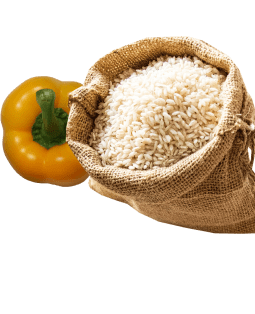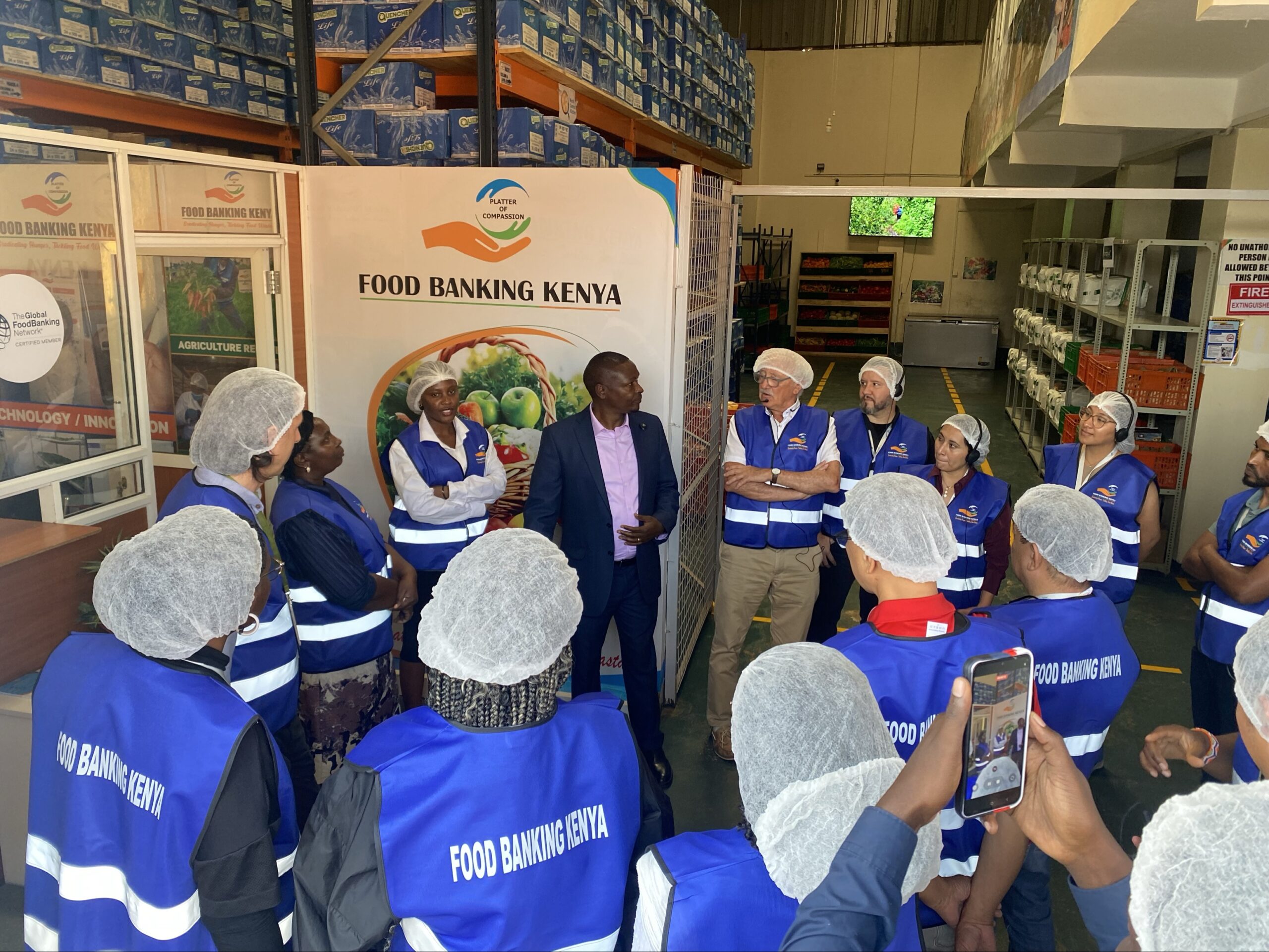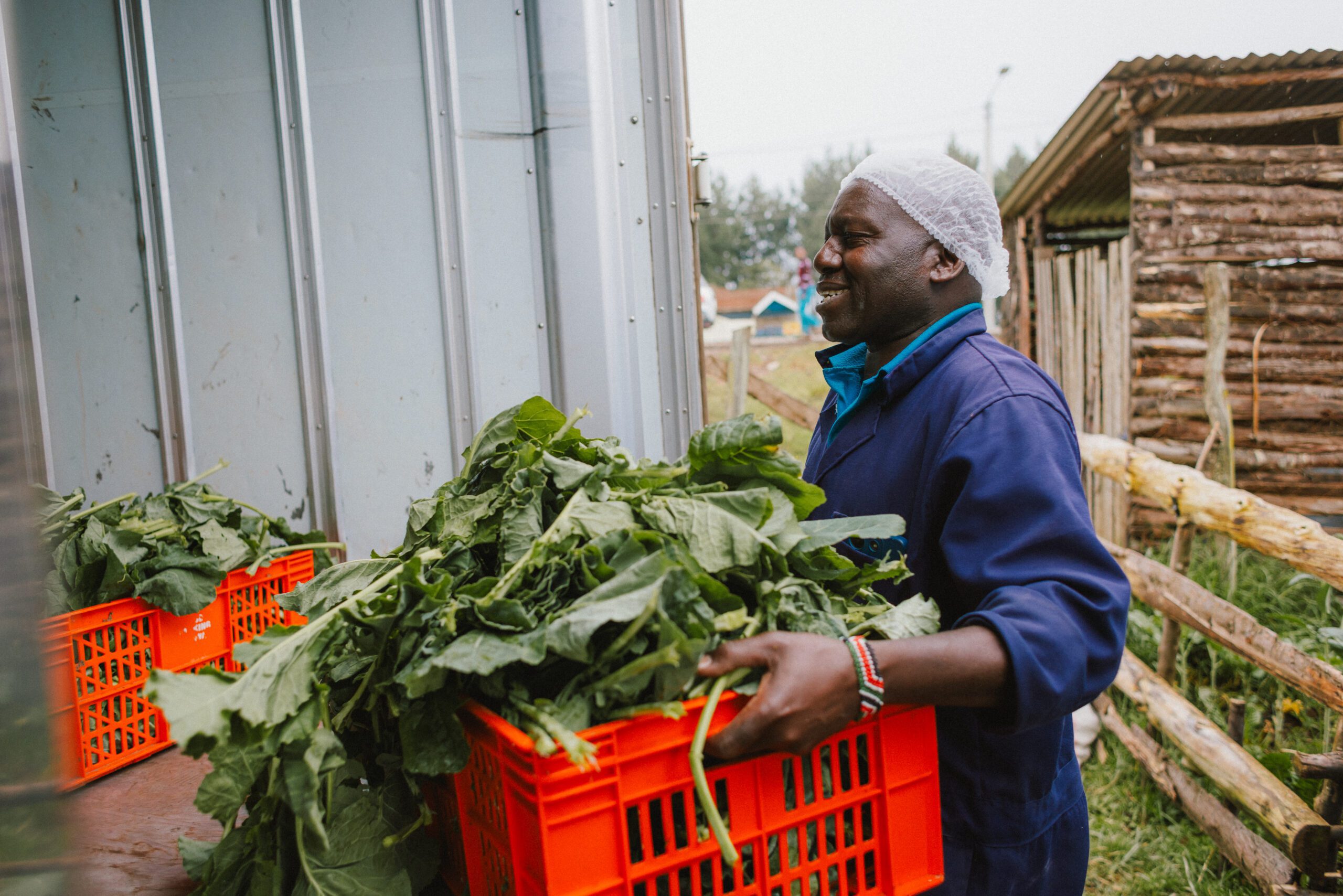While an estimated 673 million people around the world face hunger, more than a third of all food produced is lost or wasted.
Members of The Global FoodBanking Network (GFN) are finding that building strong partnerships with farmers is one of the keys to preventing that food from being lost and instead getting it to the people who need it most.
Food loss refers to food left behind on or near the farm and in the supply chain during storage or transport, as opposed to food waste, which happens at retail or hospitality levels or occurs in our households.
Much of the food lost is fresh, healthy produce left unharvested or unsold for a variety of reasons. An estimated 1.2 billion tonnes of fruits and vegetables are lost on farms worldwide. Preventing just half of global food losses — and redirecting that food toward hunger relief — could feed 1 billion people, according to the Food and Agriculture Organization of the United Nations. And preventing that food from going to waste would also reduce the amount of greenhouse gases released into the atmosphere.
Food banks are addressing food loss through agricultural recovery programs, or partnerships between food banks and small- and large-scale farmers that collect surplus produce that would otherwise go to waste and distribute it to people facing hunger.
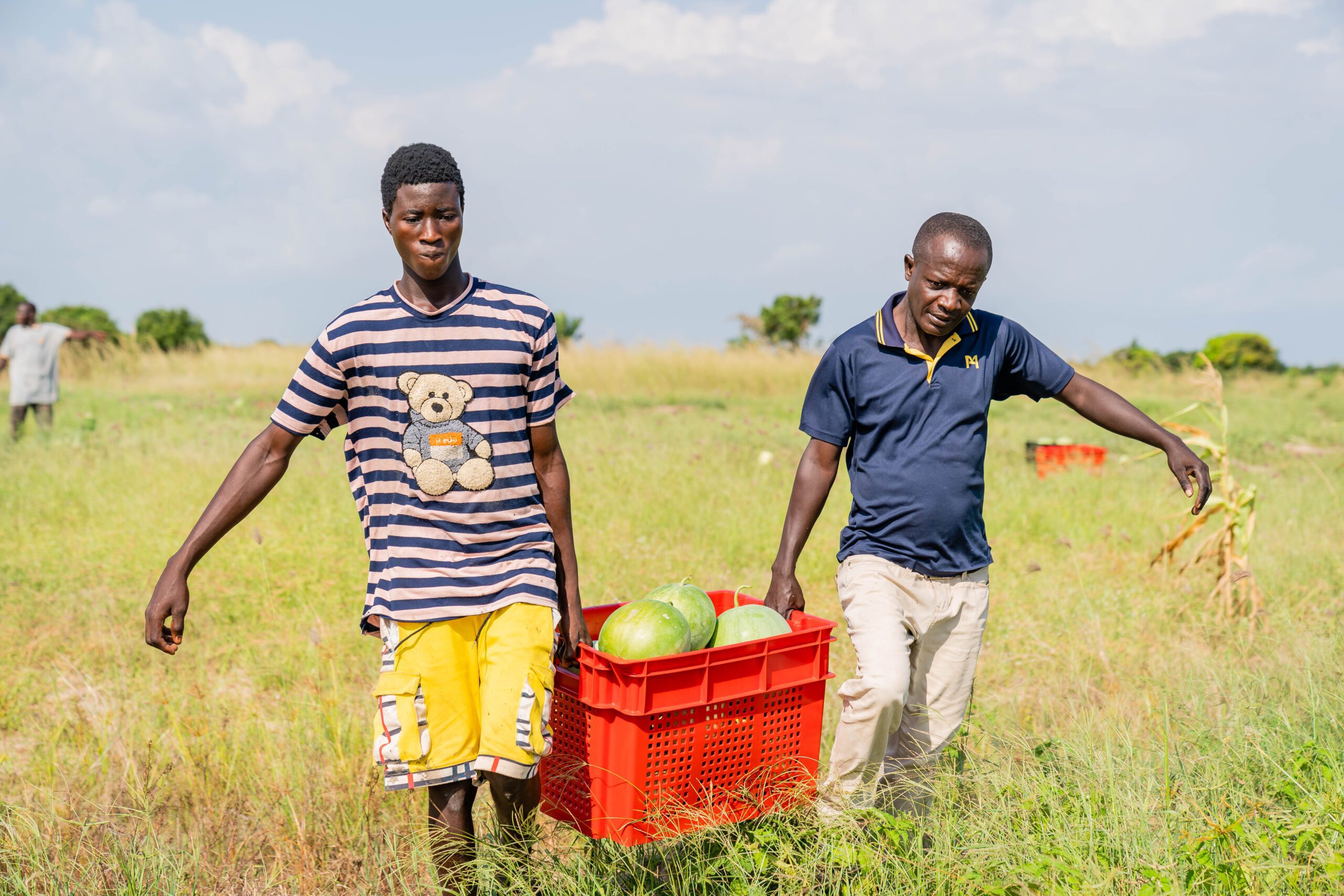
And while hunger and climate change are the main focuses of agricultural recovery programs, their ripple effects extend even further. Agricultural recovery programs offer new opportunities for small-scale farmers, who reduce post-harvest losses while gaining other benefits — like staple foods, farming inputs or training — derived from partnerships with food banks.
To help food banks increase the recovery of fresh fruits and vegetables, GFN established the Centro de Recuperação Agrícola to ensure more people can access highly nutritious foods.
GFN Centro de Recuperação Agrícola is a global resource for food banks looking to launch or scale agricultural recovery efforts, located in Nairobi at the facilities of Food Banking Kenya — which runs um programa de recuperação agrícola de grande sucesso por conta própria.
The Hub focuses on providing the knowledge and technical assistance food banks need to start, scale and continually improve their efforts to recover fresh produce from farms and distribute that nutritious food to people facing hunger. Most of the participant food banks are new or in the early stages, in emerging market economies.
One way the Hub supports its participants is through its Community of Practice, which regularly convenes food banks to discuss a specific agricultural recovery topic and collectively problem-solve, learning from each other’s successes and challenges. Building on that community, the Hub also offers opportunities for food bankers to continue to wrestle with their challenges collaboratively, but in person, through a fellowship exchange program. The program allows food bank staff to see other agricultural recovery programs in action.
“I think [the Hub is] a valuable space for food banks to learn from peers, sharing that lived experience,” said Phenny Omondi, director of the Agricultural Recovery Hub.
The Hub is an integral part of GFN’s goal to work with members to get that number up to 1 billion kilograms of food recovered from agricultural sources by 2030. Currently, the Hub serves 35 food banks, or 65% of GFN member food banks. In 2024, network food banks sourced nearly 147 million kilograms of food from the agricultural sector, more than double when compared to just five years ago.
Six food banks that run early stage agricultural recovery programs are a part of a cohort that receives even more intensive support and guidance: Banco de Alimentos de Bolivia, Banco de Alimentos Panamá, FoodCycle Indonesia, It Rains Food Bank, Lagos Food Bank and Rise Against Hunger Philippines. These food banks are located in areas where agricultural recovery efforts could be particularly transformational, with a goal for the cohort to rapidly and sustainably scale their capacity for recovery through the agricultural sector.
Below are just a few examples of innovative and unique ways food banks are using agricultural recovery programs to address hunger and food loss, with the support of GFN’s Agricultural Recovery Hub.
In the sub-Saharan African region, half of fruits and vegetables grown are lost on-farm in post-harvest operations, according to the FAO, which is higher than any other region of the world. The region also has the highest rates of chronic hunger globally. Because of this, agricultural recovery programs in the region are becoming increasingly widespread — in 2024, GFN member food banks in Africa recovered 5.1 million kilograms of food, an increase of 50% over the previous year.
“With ideas from our [GFN member] peers in other countries, we realized that we could venture into agricultural recovery,” said John Gathungu, founder and CEO of Banco de Alimentos Quênia. “Agricultural recovery has tremendously improved the number of kilograms we were able to secure, and the number of people we were able to reach.”
In Kenya, 7.5 million smallholder farmers are responsible for producing 80% of the country’s total agricultural output. But without proper storage or when market prices drop due to oversupply, farmers often face large post-harvest losses.
Food Banking Kenya works with more than 600 of these farmers through a barter arrangement. The process is simple: Farmers bring their surplus vegetables to Food Banking Kenya’s rural collection points. In return, the food bank gives them shelf-stable food items to take home.
Beyond bartering, Food Banking Kenya adds value to the relationship in other ways. They offer training to farmers on better agricultural practices through a third party, which helps farmers reduce losses and improve productivity. The food bank also steps in to purchase surplus produce at subsidized prices during times of market oversupply.
This combination of barter, training and subsidized purchasing helps farmers stay in business while giving Food Banking Kenya a steady supply of fresh produce for distribution to the communities they serve. In 2024, FBK distributed over 900,000 kilograms of food, and 65% of it came from the agricultural sector. Boosted by its agricultural recovery program, the food bank has more than tripled its reach, moving from 26,000 to 67,000 people in just five years.
In West Africa, Banco Alimentar da Costa do Marfim is growing rapidly, in large part because of its new agricultural recovery program. Between 2023 and 2024, the food bank nearly doubled the amount of food and goods they distributed and nearly tripled the number of people served. Much of that produce recovered was delivered to organizations supporting single mothers, schoolchildren, people with disabilities, migrants facing homelessness and abandoned children in Abidjan.
In the midst of devasting food insecurity and famine in 2024, Chove Banco Alimentar da Etiópia launched its agricultural recovery program, bringing in 60,000 kilograms of fresh fruits and vegetables, driving their distribution up by 60%. Now working with large commercial farms, the food bank has access to a reliable abundance of nutritious food.
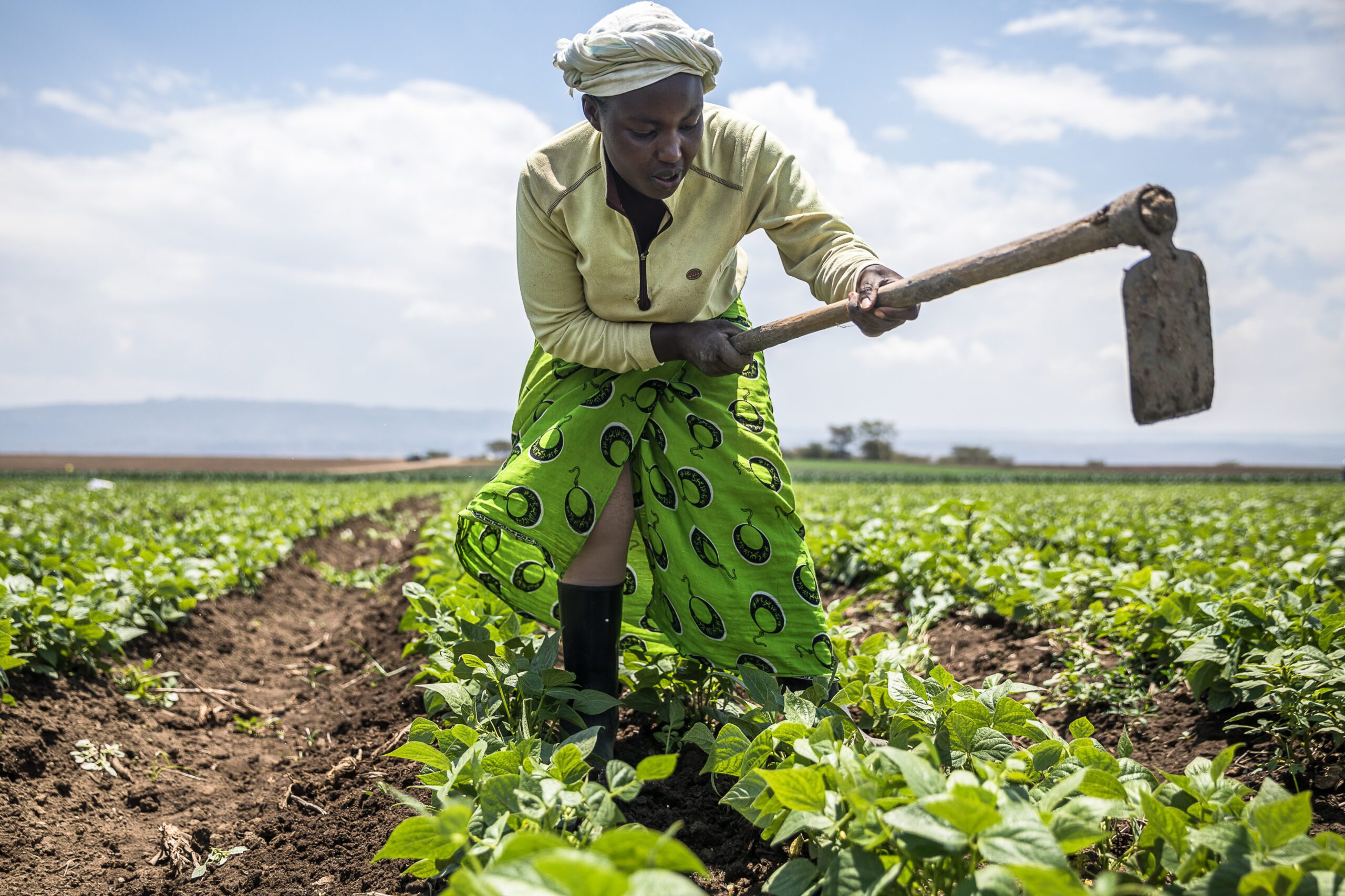
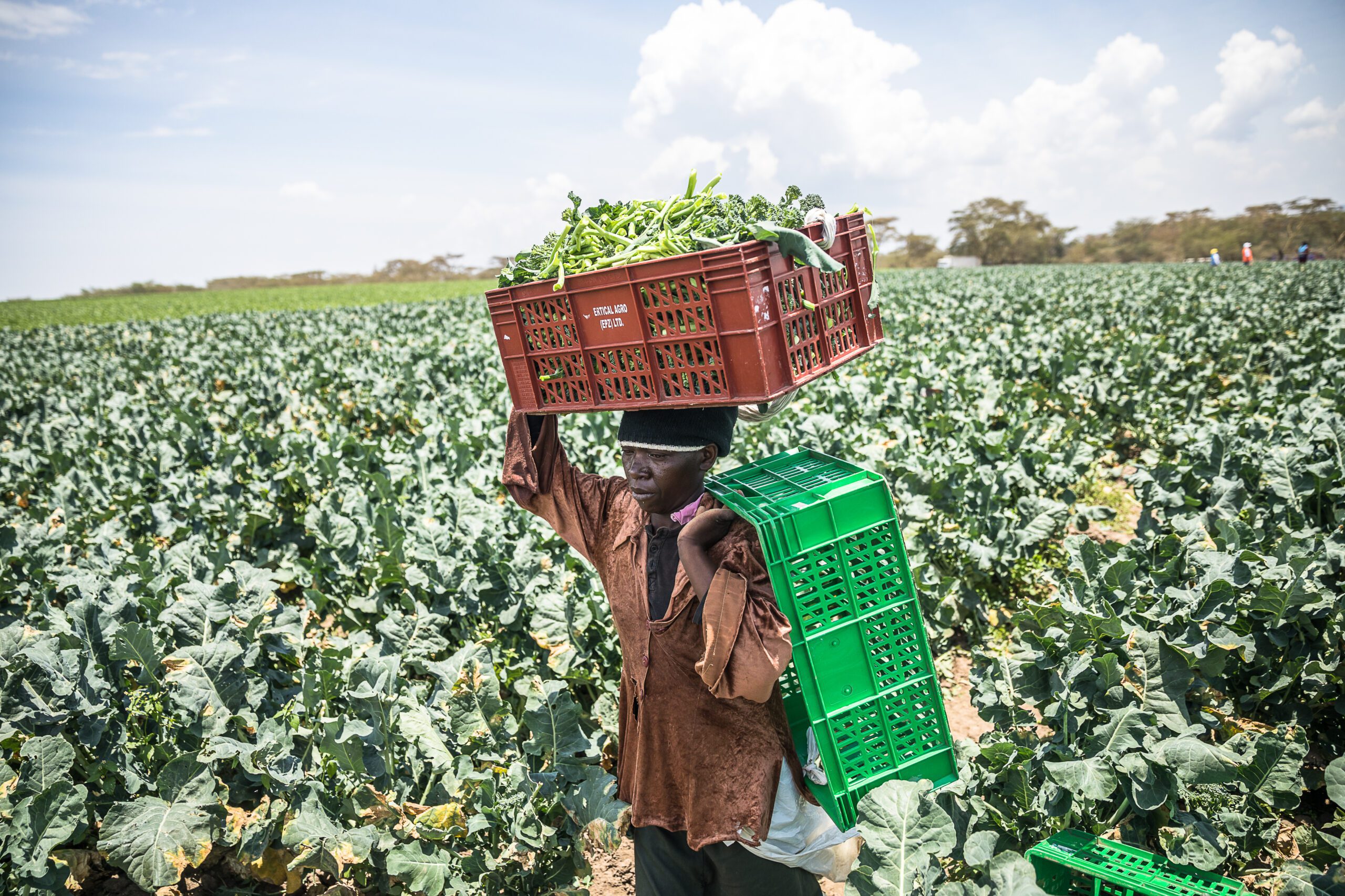
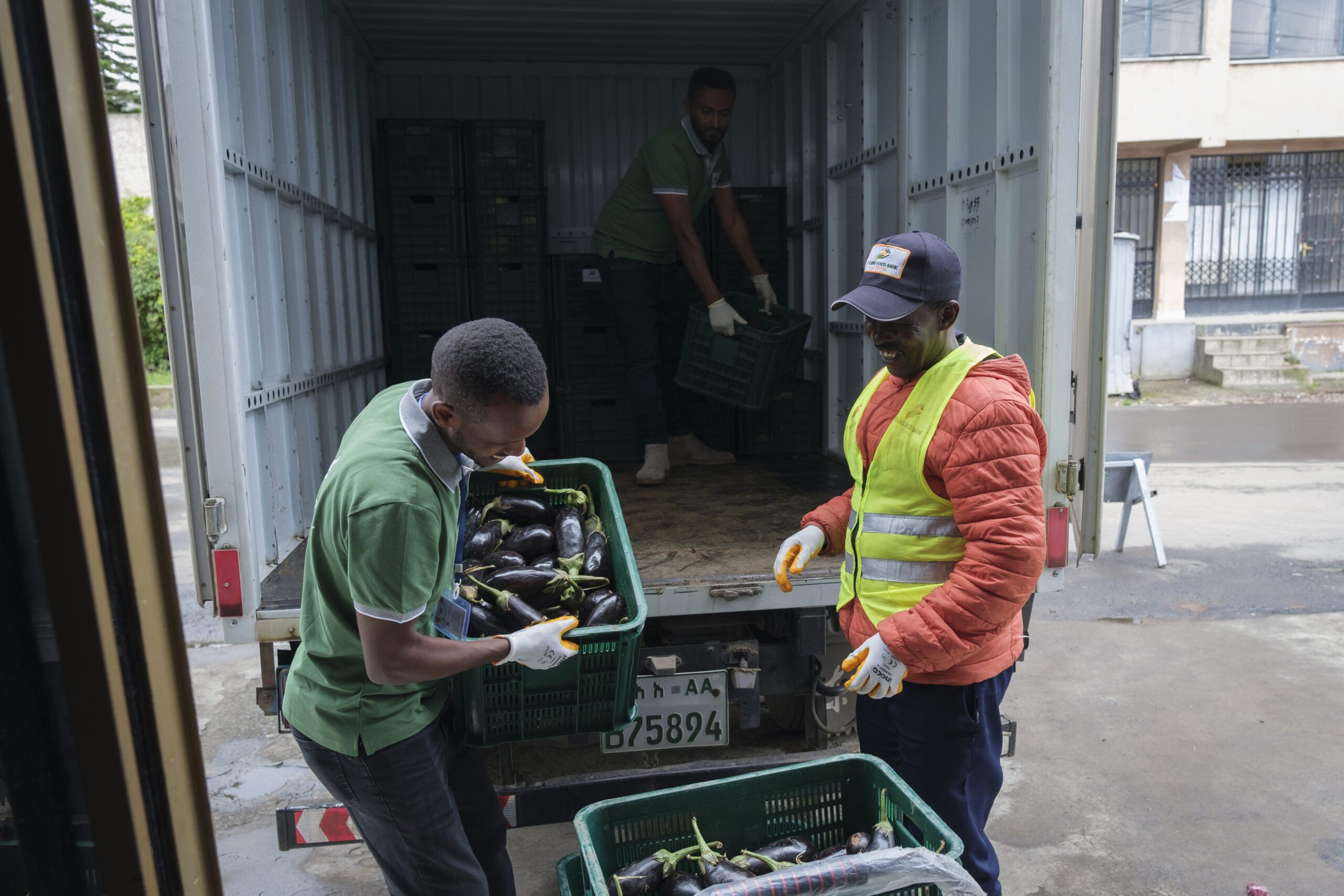
“The Community of Practice has created a huge opportunity for us to learn from other food banks,” says Zenawi Woldentensay, It Rains executive director. “We have been working with [them] closely in sharing our experience in the early stages.”
GFN members in Asia Pacific more than doubled the food they recovered from the agricultural sector in 2024 when compared to the year prior, to 14.9 million kilograms.
One example of a strong agricultural recovery program comes from the Philippines, where post-harvest losses are a challenge for nearly all crops, including rice, fruits and vegetables. At the Nueva Vizcaya Agricultural Terminal, the largest agricultural national trading post in the country, small-scale farmers often leave with unsold produce. Levante-se contra a fome nas Filipinas has developed a barter strategy tailored to challenge.
Here’s how it works: Farmers bring their unsold produce to the food bank’s warehouse, located at the terminal. The value of the produce is determined by the trading post, not by the food bank, which keeps the process transparent and objective. The farmer receives a voucher for that value, which they can redeem for shelf-stable food items from the food bank warehouse at the trading post.
This model benefits everyone involved. Farmers reduce their waste and gain access to goods that they might not otherwise afford. And the food bank recovers large amounts of fresh produce for its feeding programs, especially for schoolchildren and their families living near the trading post.
Overall, Rise Against Hunger recovered 95% of the food it distributed from agricultural sources and markets in 2024.
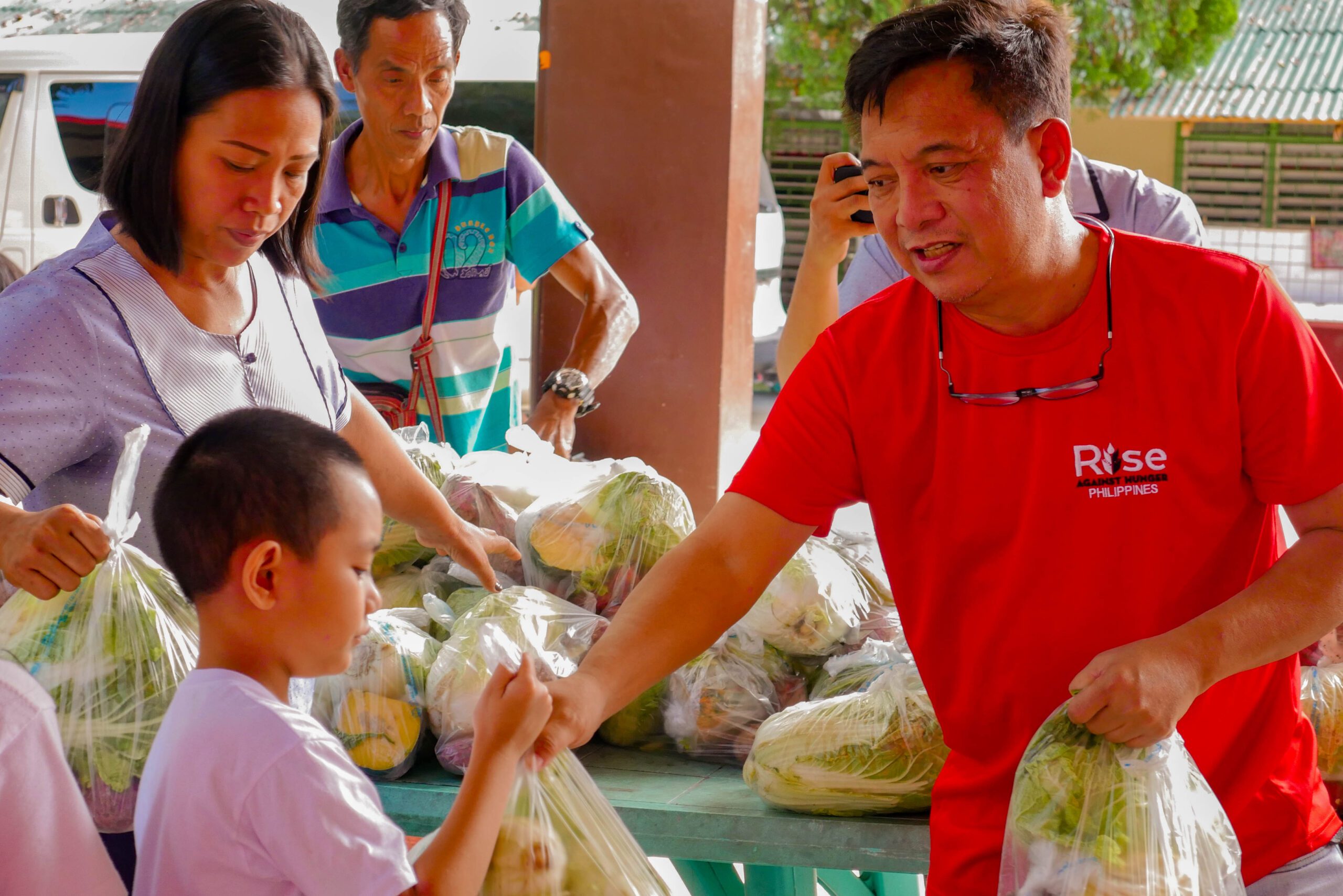
Estudiosos do Sustento Tailândia works with the Simummuang Market, the largest agricultural distribution center in the country, to bolster its agricultural recovery program.
Simummuang Market, located 40 minutes north of central Bangkok, is home to more than 2,500 vendors and welcomes 30,000 customers every day. In April 2024, Scholars of Sustenance and the market started a partnership, providing an easy way for farmers and vendors to donate surplus produce that may not have sold due to minor cosmetic imperfections or simply having more product than needed by the market’s buyers. Throughout the day, vendors drop surplus produce on designated pallets for volunteers to pick up and bring back to their neighborhood.
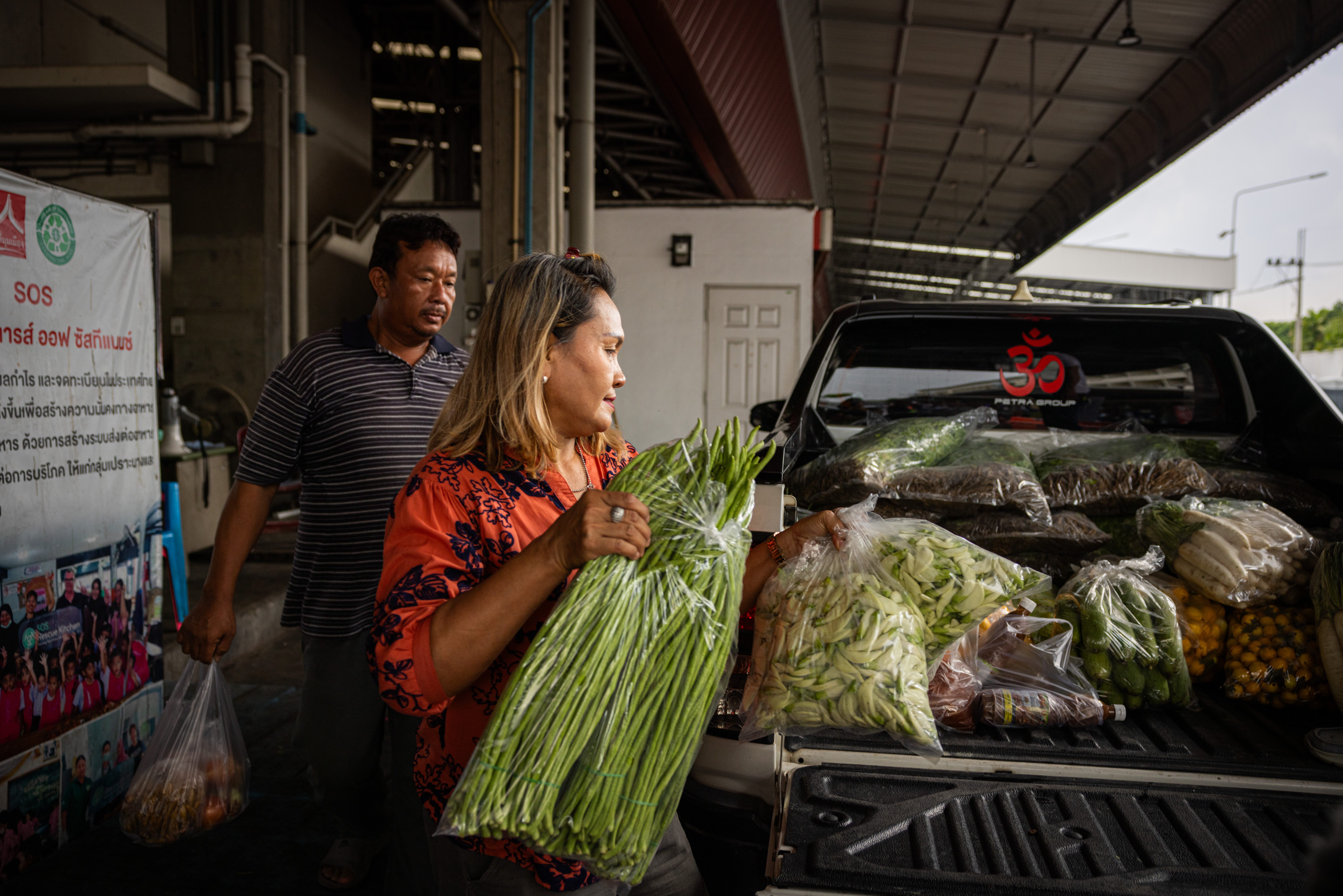
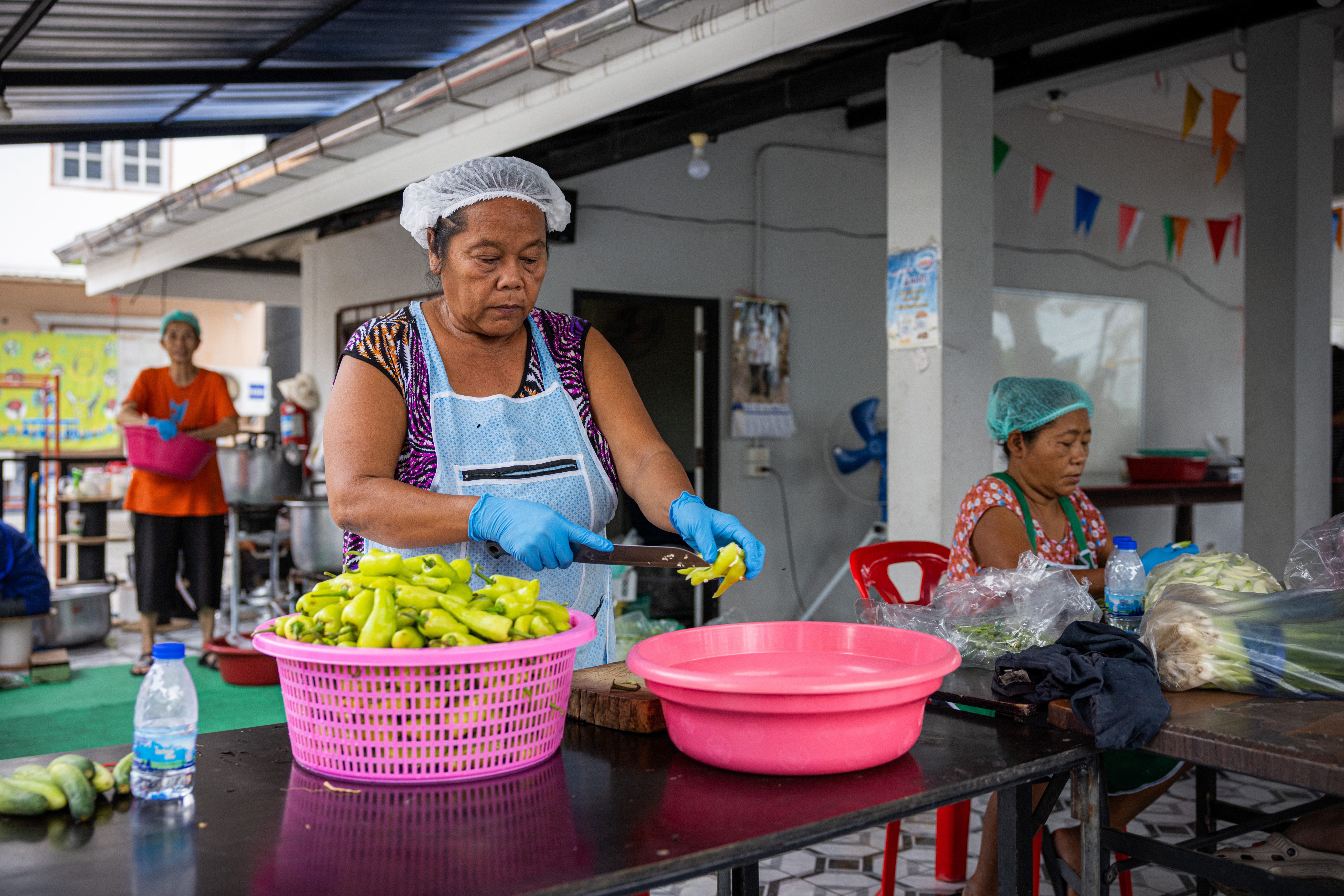
Scholars of Sustenance staff members say the inspiration for this partnership came from learning about a similar program between fellow GFN member Foodbank Australia and the Sydney Produce Market.
GFN member food banks were the largest provider of agricultural products in 2024, recovering nearly 100 million kilograms.
Red de Bancos de Alimentos de México (BAMX) accounted for much of that volume, sourcing 57 million kilograms from the agricultural sector in 2024. Their robust agricultural recovery program blends paid harvesting with volunteer support.
One of their main tools is called “la cuota de rescate,” or the recovery fee. This is a payment made to farm workers for doing extra harvesting work specifically for the food bank. Often these are the same workers already employed on the farm, which ensures quality harvesting and speeds up the process.
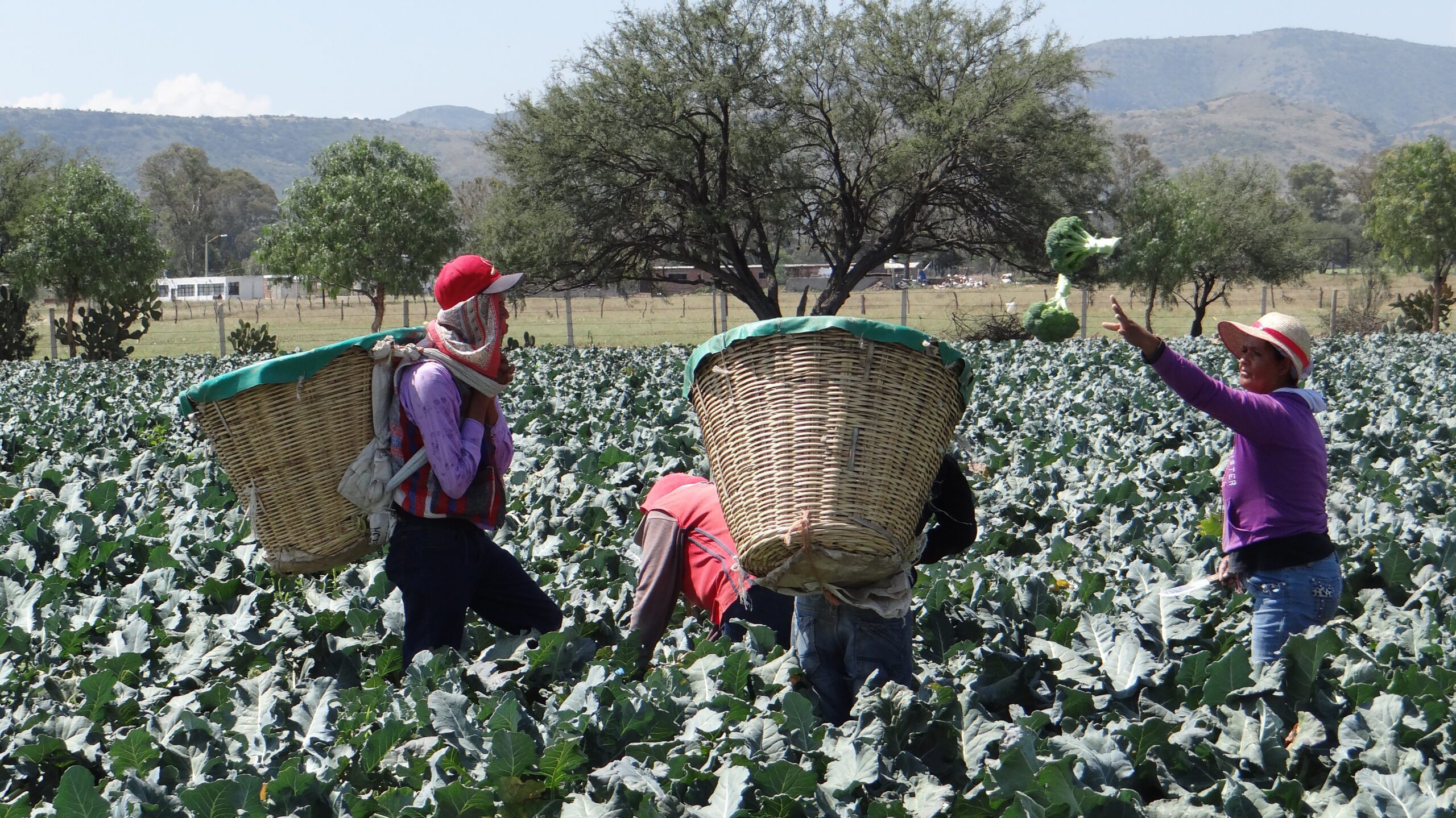
Given the large size of their agricultural recovery program, BAMX also relies heavily on volunteers. Corporate volunteers participate as part of company social responsibility programs, joining food bank staff in the fields to harvest surplus crops. Community volunteers, often from the same areas that will receive the food, help with harvesting and packing in exchange for food packages. This not only recovers valuable crops but also fosters a sense of shared responsibility and community involvement in the food bank’s mission.
ÁBACO, the network of 25 food bank across Colombia, increased their agricultural recovery by 36% in 2024, recovering more than 10 million kilograms, with 80% of its network recovering fresh produce. ABACO is a leader in knowledge sharing in the GFN network, with food banks experienced in agricultural recovery supporting other food banks launching new programs. Twenty ABACO food banks — 80% of their network — have agricultural recovery programs.
GFN will continue to combine training, expertise and financial resources to expand agricultural recovery throughout the network to increase food recovery from the agriculture sector tenfold by 2030 — from 135 million to 1 billion kilograms.
In 2022 and 2023, GFN supported the launch or expansion of agricultural recovery projects in 10 countries, with the goal of increasing availability of nutritious foods for people impacted by the cost-of-living crisis. Over a 15-month timeframe, the quantity of nutritious foods recovered more than doubled, while nearly 10 million additional people benefitted from food access.
Now, with the creation of the Agricultural Recovery Hub, there’s an even greater opportunity to support these programs in the communities that need them most.
To achieve our ambitious goal, GFN is seeking funding to build on the momentum of the launch of the Hub. That funding will, among other things, help develop cornerstone resources for the network, like the Agricultural Recovery Learning Pathway, which serves as a step-by-step guide on how to start and grow a program, and it will help expand the both in-person knowledge exchanges and the Community of Practice, bringing in new perspectives and innovations.
With your help, we can scale this innovative and tested solution to reduce hunger and food loss and support GFN’s goal of nourishing people and planet together.
To explore ways that you or your business can partner with GFN and food banks, please contact us at development@foodbanking.org.
